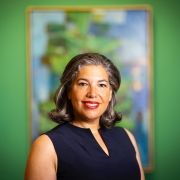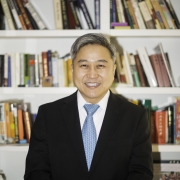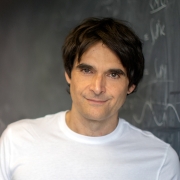Improvements in Mortality Rates Are Slowed by Rise in Obesity
With countless medical advances and efforts to curb smoking, one might expect that life expectancy in the United States would improve. Yet according to recent studies, there’s been a reduction in the rate of improvement in American mortality during the past three decades. According to a new study published in the Proceedings of the National Academy of Sciences, a rise in obesity is to blame.
The research was performed by Samuel Preston, a sociology professor; Yana Vierboom, a graduate student in demography at Penn; and Andrew Stokes, an assistant professor of global health at Boston University. The team used data from successive cohorts of the National Health and Nutrition Examination Survey from 1988 to 1994 and 1999 to 2010, as well as from the NHANES linked mortality files, which include follow-up into death records through December 2011. The final sample consisted of 25,269 adults aged 40 to 79.
Rather than use a typical measure of obesity, body mass index, or BMI, recorded at baseline, the researchers calculated each person’s lifetime maximum BMI. They found this measure to be more successful at predicting mortality because it is less susceptible to weight loss associated with illness, which biases estimates of the link between BMI and mortality. It also conveys important elements of weight history, which may have enduring effects on health.
“We established a time trend of mortality within this data set,” says Preston, “by dating every observation as it moved forward. We estimated that the impact of rising obesity was about twice as important for mortality trends as the impact of declining smoking. Smoking is such an important variable in mortality analysis, and U.S. mortality is improving faster than it otherwise would because of reductions in smoking, but it’s not improving fast enough to offset the effect of obesity.”
Click here to read the full story.





